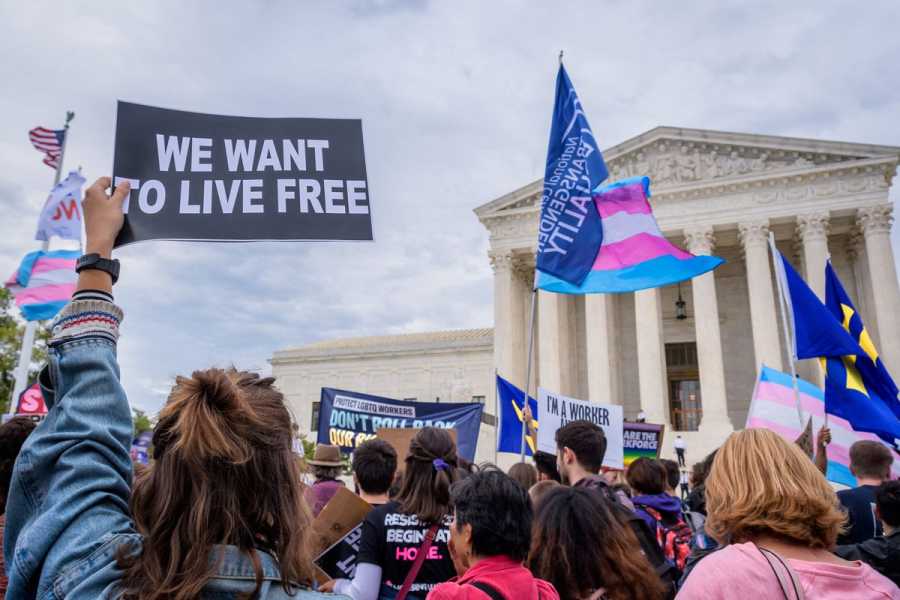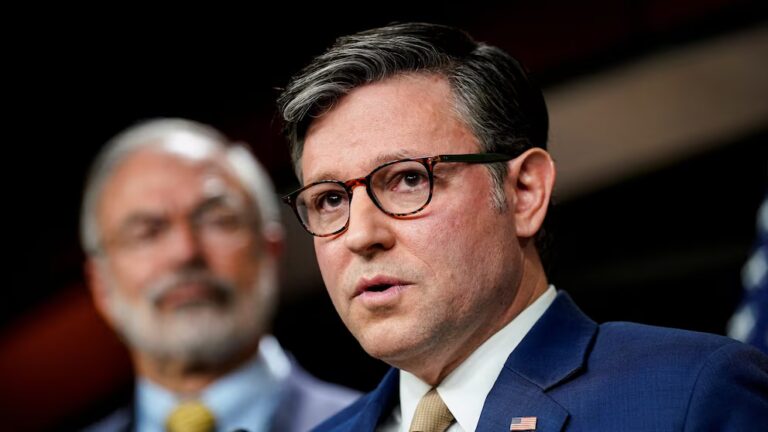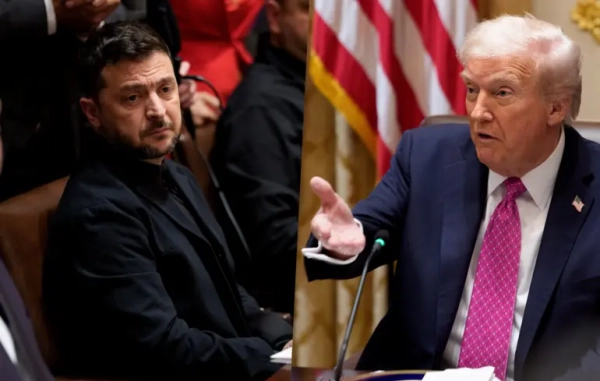For the third time in the last year, the Supreme Court turned away an opportunity to make life much worse for trans youth.
 Supreme Court building holds a sign that reads, “We want to live free.”” />
Supreme Court building holds a sign that reads, “We want to live free.”” />
Trans rights protesters outside of the Supreme Court building in 2019. Erik McGregor/LightRocket via Getty Images Ian Millhiser is a senior correspondent at Vox, where he focuses on the Supreme Court, the Constitution, and the decline of liberal democracy in the United States. He received a JD from Duke University and is the author of two books on the Supreme Court.
For the third time in the last year, the Supreme Court unexpectedly turned away a case asking it to diminish the rights of young transgender Americans in much of the country.
On Tuesday, the Court announced that it would not hear Metropolitan School District v. A.C., a case asking whether public school districts may require transgender students to use bathrooms that align with their sex assigned at birth, as opposed to their gender identity.
In A.C., the United States Court of Appeals for the Seventh Circuit ruled in favor of three trans students — so these students may use the bathroom that aligns with their identity. Because the Supreme Court decided not to hear this case, this Seventh Circuit ruling will stand, at least for now. The Seventh Circuit has jurisdiction over federal legal disputes in Illinois, Indiana, and Wisconsin.
The Court turned this case away, moreover, despite the fact that it fits the criteria the justices normally use to decide which cases to hear. Among other things, the question of whether trans students have a right to use the bathroom that aligns with their gender identity has divided federal appeals courts, and the Supreme Court frequently steps in to resolve such disagreements.
The anti-trans side was also represented by Republican super-lawyer Paul Clement, a former US Solicitor General who has an unusual amount of influence over the Court’s right flank.
A.C. is also the second time in just over a month that the Court walked away from a major LGBTQ rights dispute that divided lower court judges. In December, the Court also announced that it would not hear Tingley v. Ferguson, a case challenging Washington state’s restrictions on “conversion therapy” — a technique that tries to turn LGBTQ patients into cisgender heterosexuals or prevent them from expressing their actual sexual orientation or gender identity.
As the lower court that upheld Washington’s restrictions noted in its opinion, “every major medical, psychiatric, psychological, and professional mental health organization opposes the use of conversion therapy.”
Additionally, last April — in a case called West Virginia v. B.P.J. — the Court decided not to kick a transgender student off of her middle school girl’s cross-country team. A lower court had blocked a West Virginia state law forbidding her from competing with other girls, and the Supreme Court rejected a request to temporarily reinstate that law while the case is being litigated. (This case could potentially reach the justices again in the future.)
These decisions are surprising for three reasons. One is that Republican appointees control six of the nine seats on the Supreme Court, and this Court is often exceedingly sympathetic to concerns raised by the religious right. Just last June, for example, the Court ruled that a conservative Christian website designer has a constitutional right to discriminate against LGBTQ customers.
Both A.C. and Tingley, moreover, satisfied the ordinary criteria the justices use to determine which cases to hear. In both cases, lower courts have divided on what federal law has to say about LGBTQ rights.
And, on top of all of this, in all three cases, the anti-LGBTQ side raised a plausible argument that existing law supports their preferred outcome. The Tingley case turns on contradictory language in a 2018 Supreme Court decision, which can be read to support either outcome in Tingley. Meanwhile, the A.C. and B.P.J. cases raise questions that the Court left open in its landmark LGBTQ rights decision in Bostock v. Clayton County (2020).
It sure appears, in other words, that the Court is running scared from transgender rights cases, at least for the moment.
Trans rights cases involving bathrooms and sports raise particularly challenging questions under current law
Bostock asked whether a federal law that forbids “sex” discrimination in the workplace also forbids discrimination against LGBTQ people. Six justices concluded that it does, and the Court held that “it is impossible to discriminate against a person for being homosexual or transgender without discriminating against that individual based on sex.” If an employer fires a male employee for dating a man, for example, but permits female employees to date men, then that’s just ordinary sex discrimination because this employer permits women to do something that men may not.
Similarly, Bostock held that if an employer penalizes an “employee who was identified as female at birth” for presenting as a man or otherwise engaging in stereotypically male behavior, but does not penalize “a person identified as male at birth” for the same actions, that is also sex discrimination forbidden by federal law.
While this was a historic victory for transgender rights, it also left unresolved one of the most important questions that arises in such cases: whether the concept of “gender” exists separately, as a legal matter, from “status as either male or female [as] determined by reproductive biology.” Indeed, Bostock was decided “on the assumption that” the term “sex” refers exclusively to “biological distinctions between male and female.”
And yet, even if you assume that the law refers only to “biological” sex, Bostock still concluded that most forms of discrimination against trans people violate that law because they necessarily require treating men (or people assigned male at birth) differently than women (or people assigned female at birth).
Federal law, however, also permits sex discrimination in certain limited circumstances. The law forbidding sex discrimination in most educational facilities, for example, permits those facilities to maintain “separate living facilities for the different sexes.” Federal regulations also permit schools to have “separate toilet, locker room, and shower facilities on the basis of sex,” as long as the facilities “provided for students of one sex [are] comparable to such facilities provided for students of the other sex.”
Similarly, federal bans on sex discrimination have long been understood to permit sex-segregated sports teams — otherwise, women-only teams could not exist.
Cases like A.C. and B.P.J., in other words, raise a question that was not resolved in Bostock. Bostock was agnostic on whether a trans man is a man. In order to decide the A.C. case, by contrast, the Seventh Circuit had to resolve “who counts as a ‘boy’ for the boys’ rooms, and who counts as a ‘girl’ for the girls’ rooms.”
If you want a deeper dive into the legal arguments for and against requiring schools to treat trans girls just like any other girl (or trans boys just like any other boy), I wrote that deeper dive here. For now, I will simply add that the Supreme Court appears determined not to resolve this question, even though lower courts are divided on how it should be answered.
Sourse: vox.com






